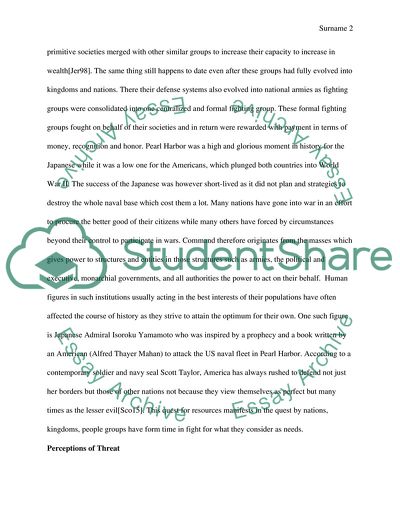Cite this document
(“Pearl Harbor in relation to Mission Command Structure Term Paper”, n.d.)
Pearl Harbor in relation to Mission Command Structure Term Paper. Retrieved from https://studentshare.org/military/1686510-pearl-harbor-in-relation-to-mission-command-structure
Pearl Harbor in relation to Mission Command Structure Term Paper. Retrieved from https://studentshare.org/military/1686510-pearl-harbor-in-relation-to-mission-command-structure
(Pearl Harbor in Relation to Mission Command Structure Term Paper)
Pearl Harbor in Relation to Mission Command Structure Term Paper. https://studentshare.org/military/1686510-pearl-harbor-in-relation-to-mission-command-structure.
Pearl Harbor in Relation to Mission Command Structure Term Paper. https://studentshare.org/military/1686510-pearl-harbor-in-relation-to-mission-command-structure.
“Pearl Harbor in Relation to Mission Command Structure Term Paper”, n.d. https://studentshare.org/military/1686510-pearl-harbor-in-relation-to-mission-command-structure.


